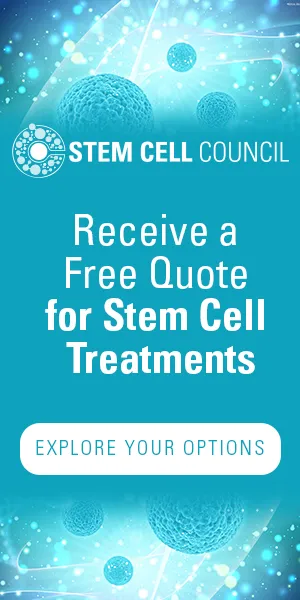Introduction:
Stroke is a leading cause of long-term disability worldwide, affecting millions of individuals every year. Traditional stroke rehabilitation approaches have made significant strides in helping patients regain functionality, but there is a need for innovative interventions that can enhance the recovery process further. Stem cell therapy has emerged as a promising field with the potential to revolutionize stroke rehabilitation. In this article, we delve into the concept of stem cell therapy in stroke rehabilitation, exploring its mechanisms, potential benefits, and current research progress.
Understanding Stroke and Rehabilitation:
A stroke occurs when blood flow to the brain is disrupted, resulting in the death of brain cells and subsequent loss of function. Rehabilitation plays a crucial role in helping stroke survivors regain independence and improve their quality of life. Traditional rehabilitation methods typically include physical, occupational, and speech therapy, but these approaches may have limitations in achieving optimal recovery.
The Promise of Stem Cell Therapy:
Stem cell therapy offers a novel approach to stroke rehabilitation by harnessing the regenerative potential of stem cells. Stem cells are undifferentiated cells capable of self-renewal and differentiation into various cell types. They can be derived from different sources, such as embryonic tissue, adult tissues (e.g., bone marrow, adipose tissue), and induced pluripotent stem cells (iPSCs). These cells hold immense promise due to their ability to replace damaged brain tissue, promote neuroplasticity, modulate inflammation, and stimulate the growth of new blood vessels.
Mechanisms of Action:
Upon transplantation into the brain, stem cells can secrete growth factors and cytokines that create a supportive environment for tissue repair and regeneration. They can also differentiate into specialized cells, including neurons, astrocytes, and oligodendrocytes, contributing to functional recovery. Additionally, stem cells possess immunomodulatory properties, reducing harmful inflammatory responses and facilitating the healing process.
Preclinical and Clinical Studies:
Numerous preclinical studies have demonstrated the potential benefits of stem cell therapy in stroke rehabilitation. Animal models have shown improved motor function, enhanced cognitive abilities, and increased neuroplasticity following stem cell transplantation. These promising results have paved the way for clinical trials involving stroke patients. While research is still ongoing, early clinical studies have shown encouraging outcomes, including improved motor skills, increased independence, and enhanced quality of life.
Challenges and Considerations:
Despite the potential of stem cell therapy, several challenges need to be addressed. Optimal cell types, delivery methods, timing, and dosage of stem cells require further investigation. Additionally, ensuring the safety and efficacy of stem cell treatments is paramount. Rigorous clinical trials, standardization of protocols, and adherence to ethical guidelines are crucial to validate the efficacy and safety of stem cell therapies.
The Future of Stroke Rehabilitation:
As research progresses, stem cell therapy is poised to become an integral part of stroke rehabilitation. The ability of stem cells to target specific regions of the brain, regenerate damaged tissue, and modulate the microenvironment holds immense potential for optimizing recovery outcomes. Continued advancements in stem cell research, coupled with collaborative efforts between scientists, clinicians, and regulatory bodies, will pave the way for safe and effective stem cell-based interventions in stroke rehabilitation.
If you want to learn more about stem cell treatment options for stroke rehabilitation, visit www.stemcellcouncil.com. The Stem Cell Council provides comprehensive information and resources to help you make informed decisions about your healthcare journey.
Furthermore, all patients who are seeking a free quote for stem cell therapy can obtain one by visiting www.stemcellcouncil.com/free-quote. Take the first step towards exploring the possibilities of stem cell therapy in stroke rehabilitation.
Conclusion:
Stem cell therapy represents a promising frontier in stroke rehabilitation, offering the potential to enhance recovery outcomes for stroke survivors. With continued research and advancements, stem cell therapy holds the key to unlocking new possibilities in regenerating damaged brain tissue, promoting neuroplasticity, and improving functional outcomes.








